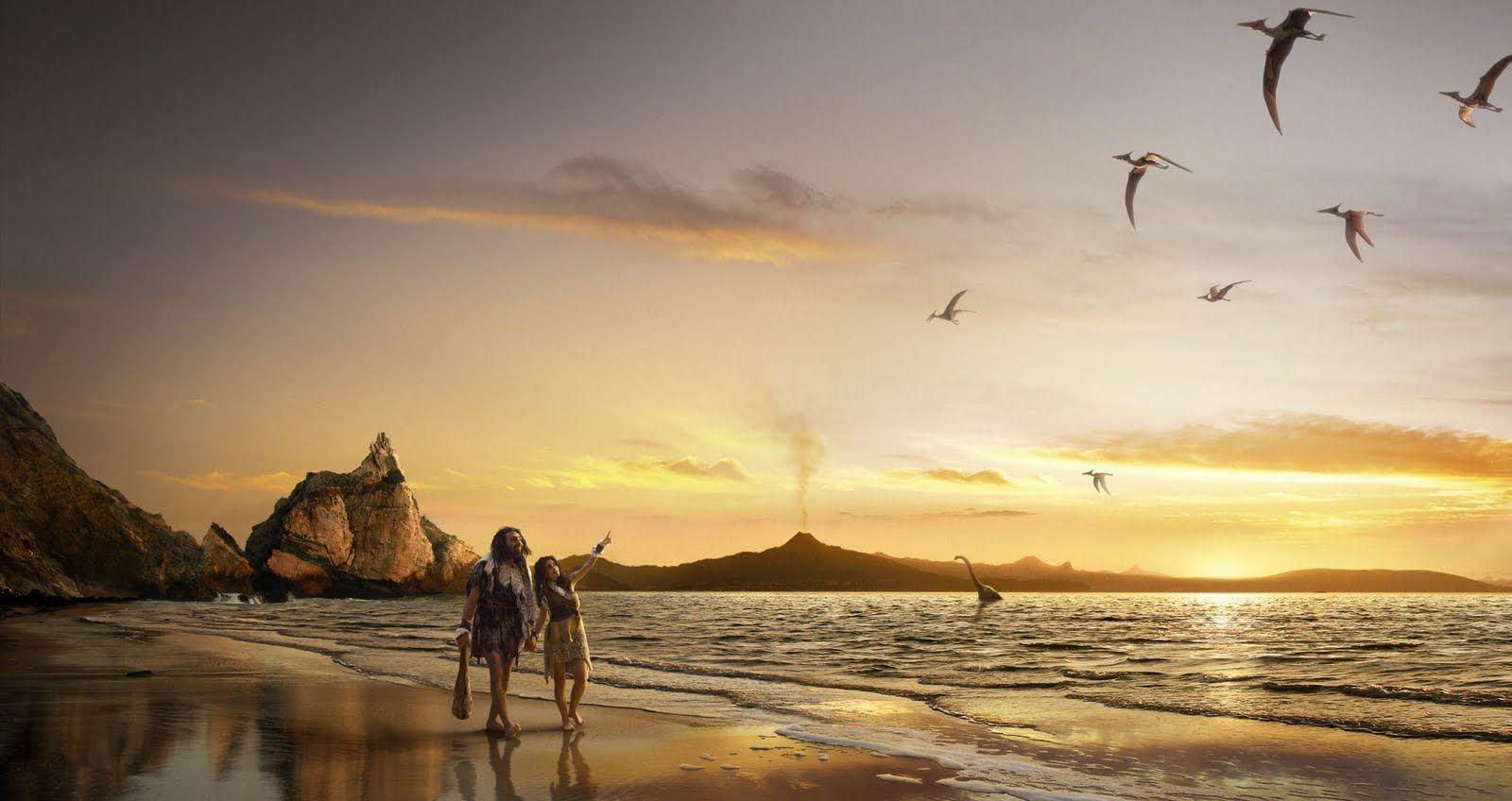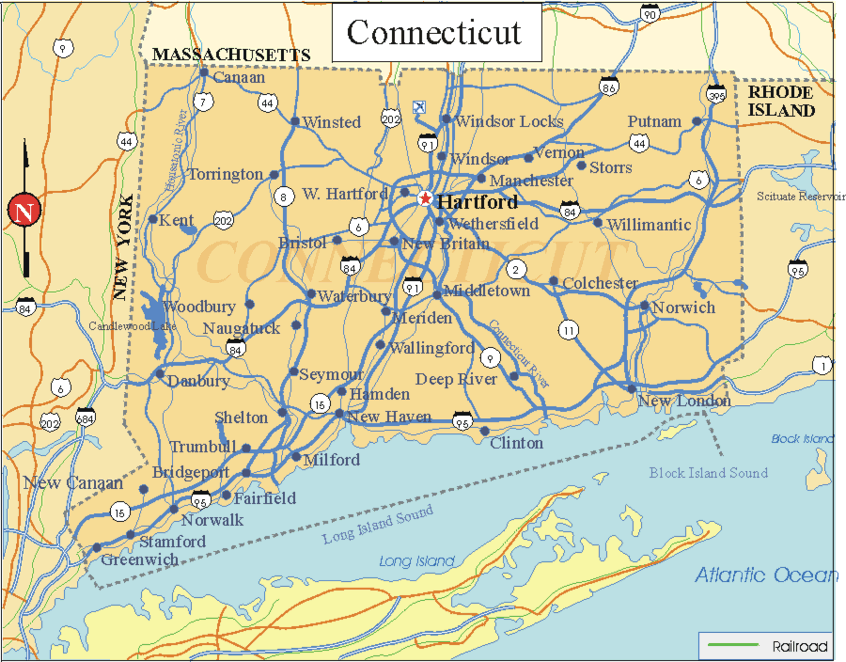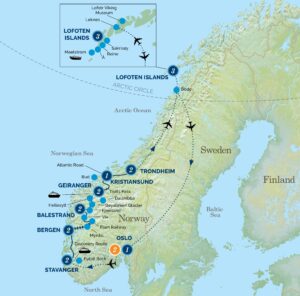Introduction
Cuba, an island nation steeped in history, culture, and vibrancy, has long captivated the imagination of travelers and historians alike. This Caribbean gem is not merely characterized by its picturesque beaches but is a tapestry woven with rich musical heritage, stunning architecture, and an indomitable spirit for revolution. Here are some unique facts that illuminate Cuba’s undeniable charm and reveal surprises that shift our perceptions of this intriguing island.
The Birthplace of Innovative Music Genres
Cuba is the cradle of several music styles that have transcended its borders. One of the most influential genres is son cubano, a fusion of Spanish guitar melodies, African rhythms, and syncopated beats. This genre laid the groundwork for salsa, a global phenomenon that owes much of its exuberance to Cuban rhythms. The Buena Vista Social Club, a collective of legendary Cuban musicians, further spotlighted this unique musical culture, epitomizing the inventiveness and resilience embedded in Cuban music.
Moreover, the island is notorious for its engaging dance forms, from rumba to mambo. Each dance embodies the rhythms of Cuban life and serves as a narrative of the island’s struggles and celebrations, reflecting its history of colonization and musical synthesis.
A Historical Multifaceted Tapestry
Cuba’s historical narrative is a complex interplay of Indigenous, African, and Spanish influences. The original inhabitants, the Taíno people, cultivated agricultural practices that still resonate today. The arrival of Christopher Columbus in 1492 marked a shift toward colonization that brought not only Spanish colonial rule but also the forced migration of African slaves, who would profoundly shape the cultural landscape.
Fast forward to the 20th century, the Cuban Revolution (1953-1959) was a watershed moment. Led by Fidel Castro and Che Guevara, it embraced socialism while significantly altering the socio-political framework of the island. The symbol of the revolution, Che Guevara, continues to evoke a sense of rebellion and change, and his image remains a ubiquitous representation of revolutionary fervor.
Remarkably Diverse Ecosystem
Beyond its cultural wealth, Cuba boasts an astonishing biodiversity. The island is home to over 31,000 species of plants, 6,500 species of insects, and 600 species of vertebrates. The Zapata Swamp is revered for its rich flora and fauna, including the endangered Cuban crocodile. Ecotourism has become increasingly popular, enabling visitors to witness this ecological bounty firsthand while promoting conservation efforts.
Additionally, Cuba is the only country in the world that boasts the presence of the world’s smallest bird, the bee hummingbird, measuring just 2.2 inches. Such peculiarities not only enhance its ecological appeal but also emphasize the importance of preserving these unique habitats.
An Architectural Mosaic
The architecture in Cuba is a remarkable study of contrasts, embracing styles that range from colonial Spanish to neoclassical and modernist. Havana, the capital, is particularly noted for its well-preserved historical center, a UNESCO World Heritage Site, showcasing a variety of architectural epochs. Structures such as El Capitolio and the National Ballet of Cuba exemplify the island’s rich architectural narrative.
Cuba’s buildings often display vibrant colors and striking design elements, showcasing a unique aesthetic meld influenced by cultural convergence. This visual feast is starkly contrasted against the backdrop of economic challenges, which have led to fascinating juxtapositions between dilapidation and grandeur.
Classic Automobiles and Time Dilation
The iconic image of classic American cars from the 1950s serving as daily vehicles is not merely nostalgic; it also illustrates the resilience of the Cuban people. The U.S. trade embargo, which began in the early 1960s, halted the import of new cars, compelling Cubans to maintain and refurbish these vintage vehicles. Today, these automobiles are a testament to Cuban ingenuity and mechanics—a blend of art and functionality.
Travelers often describe a surreal experience in Cuba, where time seems to stand still. This perception is a result of vintage architecture and classic cars, alongside the slower pace of life that prioritizes human connection over technological distraction.
Rich Culinary Heritage
Cuban cuisine is a tantalizing fusion of flavors influenced by its diverse cultural backgrounds. Staples like rice and beans, combined with the culinary traditions of the Spanish and African communities, form a gastronomic narrative that captivates the palate. The dish Ropa Vieja, shredded beef simmered in a savory tomato sauce, embodies the essence of this culinary heritage.
Additionally, the influence of creole ingredients, such as plantains and yuca, showcases the island’s agricultural wealth. Street food vendors and paladares (private restaurants) offer a unique glimpse into local flavors, ensuring that dining transcends mere sustenance into an experience of communal joy and cultural expression.
A Unique Perspective on Education and Healthcare
Cuba’s commitment to literacy and healthcare is globally recognized. The government declared education a right, resulting in a literacy rate of over 99%. The educational system emphasizes universal access, producing a highly educated populace that continues to contribute to diverse fields, including the arts and sciences.
Healthcare in Cuba is also a point of pride, with a focus on preventative care and public health. The community-based approach has resulted in healthcare statistics comparable to developed nations, demonstrating that strong public policies can lead to substantial social benefits.
Conclusion
Exploring Cuba unveils a multifaceted portrait of a nation defined by its unyielding spirit, rich cultural heritage, and vibrant ecological tapestry. From its revolutionary past to its present-day renaissance, Cuba invites curious minds to delve deeper into its unique narratives. Embracing both the pulse of the revolution and the idiosyncrasies of daily life, Cuba promises experiences that go beyond the ordinary and beckon a profound appreciation for the island’s complexity and beauty.







